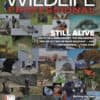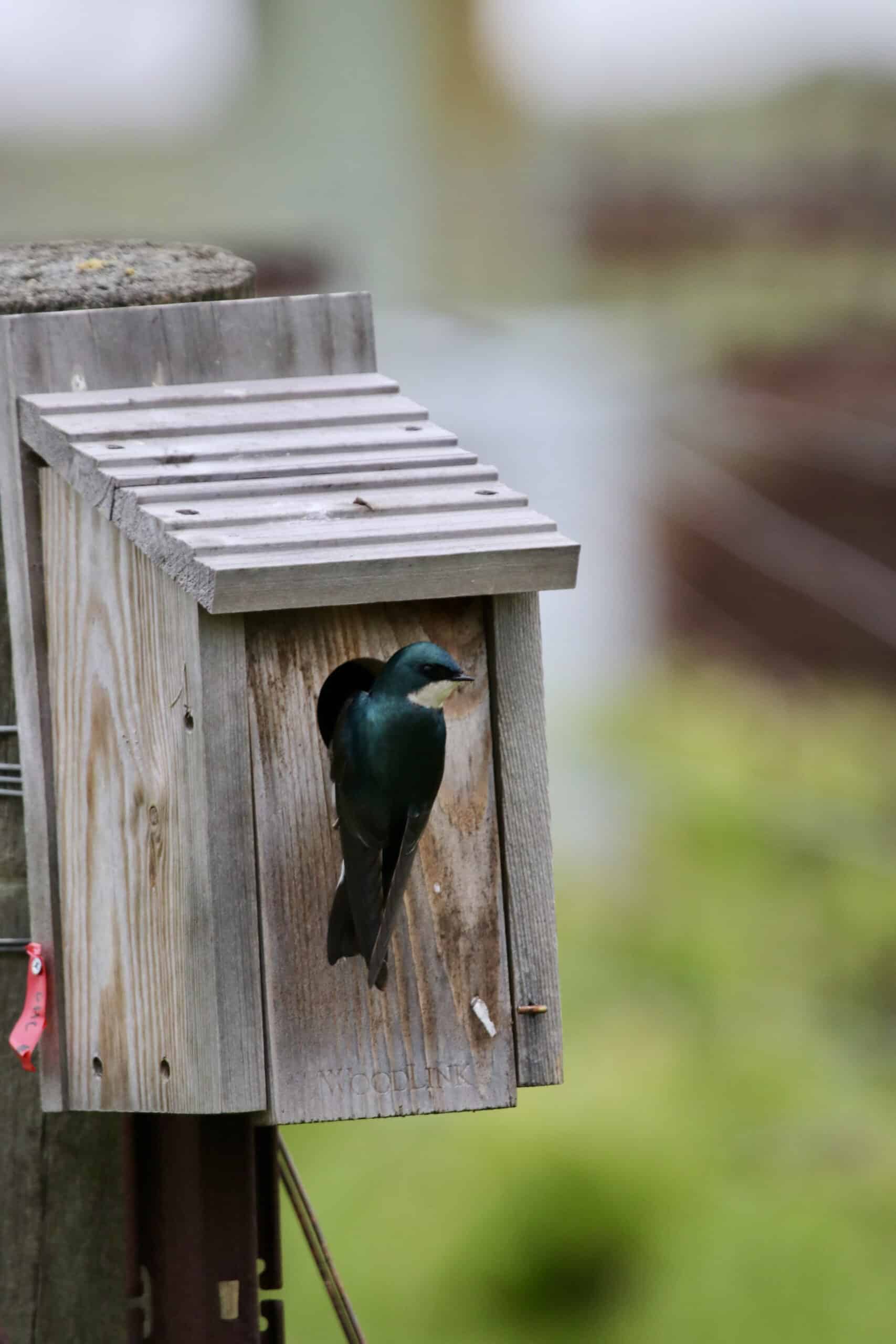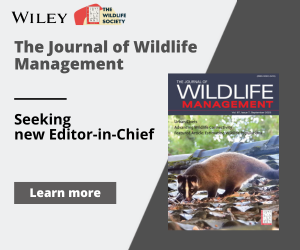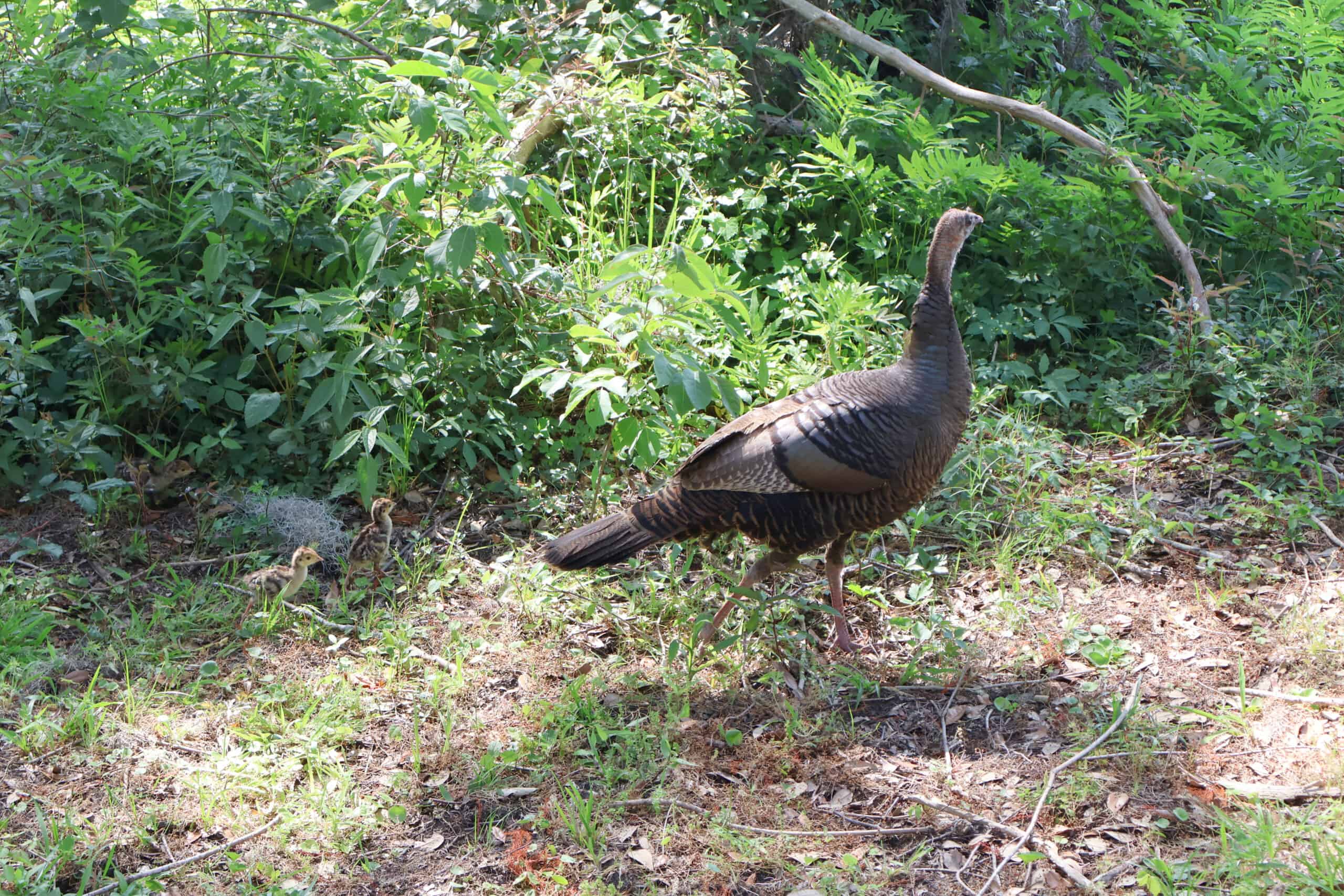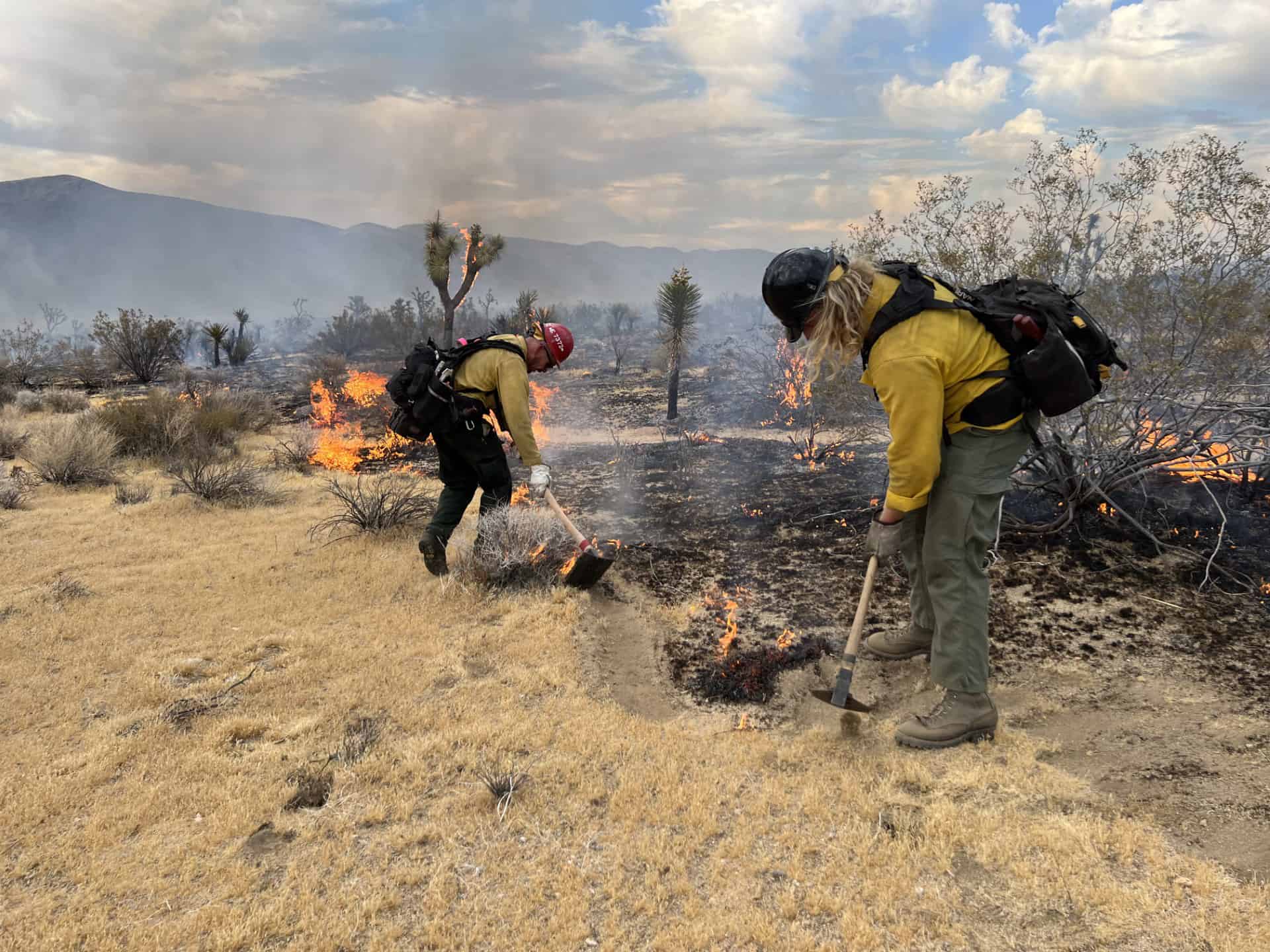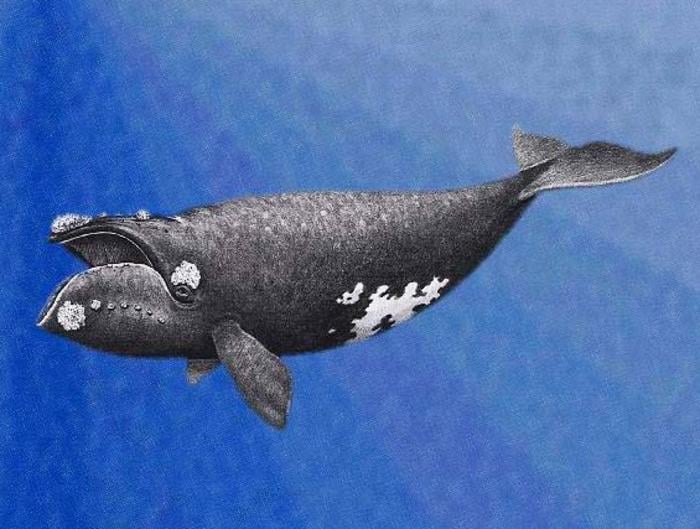Share this article
Heat waves harm bird reproduction on farmlands
With no shade, the birds can’t keep cool
Climate change is affecting bird populations in many ways, but its effects on birds occupy North America farmland may be particularly severe. Researchers found that extreme temperatures on agricultural lands across the United States were reducing avian reproduction.
In a study published recently in Science, the team analyzed data from more than 150,000 bird nests across the U.S. They found that birds nesting near farmland were half as likely to have at least one fledgling successfully leave the nest when temperatures spiked. Forests seemed to provide a protective buffer, with shaded areas that increased nest success. Even urban areas offered tree cover that helped the birds fledge.
When they looked at how heat waves affected nesting success in urban areas, the researchers found less of a negative impact than on farms, probably because nests were often in city parks and residential areas that can have high tree cover.
“This suggests that places like backyards and parks may provide important bird habitat that is somewhat more buffered from climate extremes in the future,” said Katherine Lauck, co-lead author of the paper and a PhD candidate in ecology at University of California Davis.
By the year 2100, their models predicted that nesting success in agricultural areas would decline by an additional 5% on average under current greenhouse gas emission trajectories.
Header Image: A tree swallow (Tachycineta bicolor) visits a nest box. Credit: Daniel Karp/UC Davis

